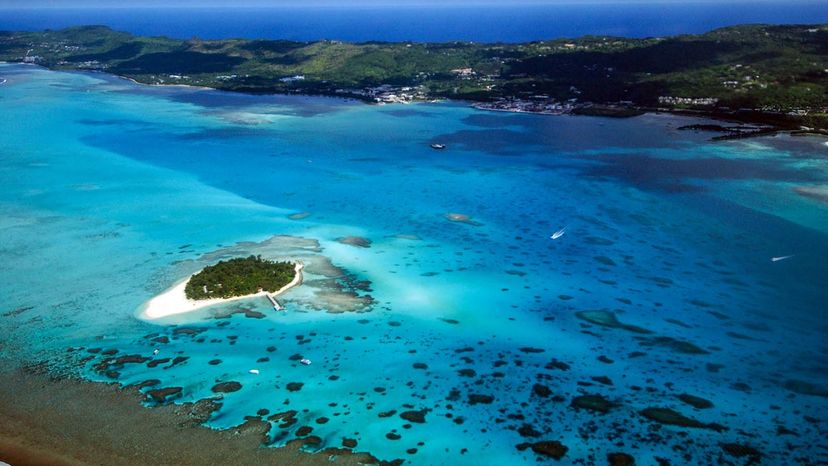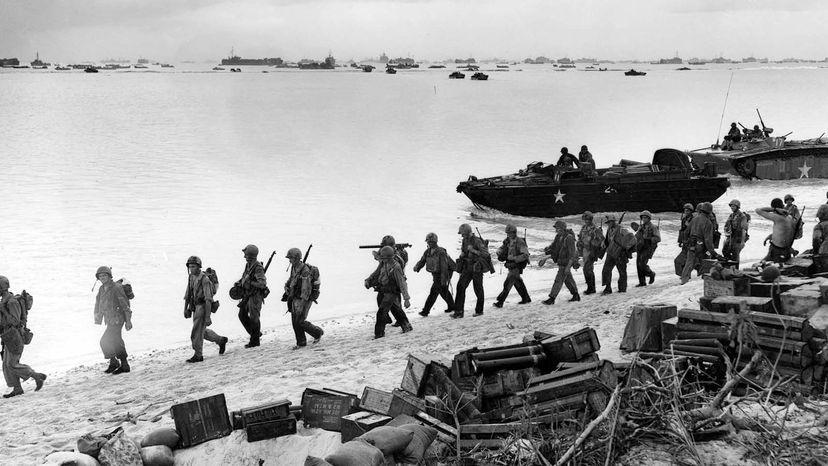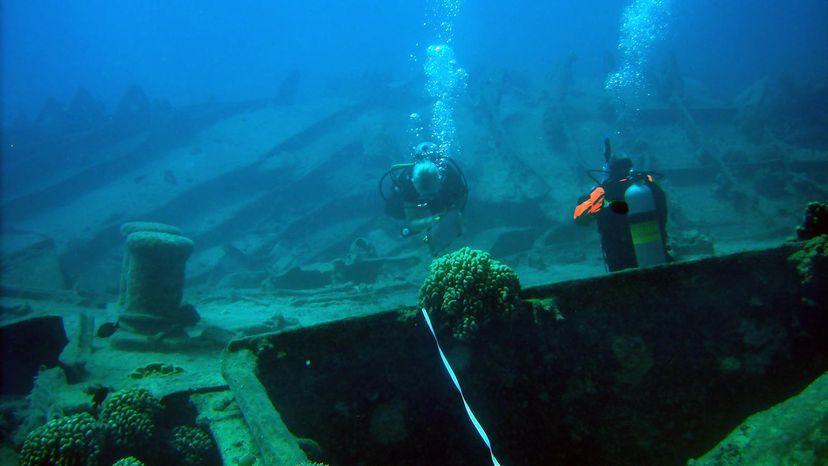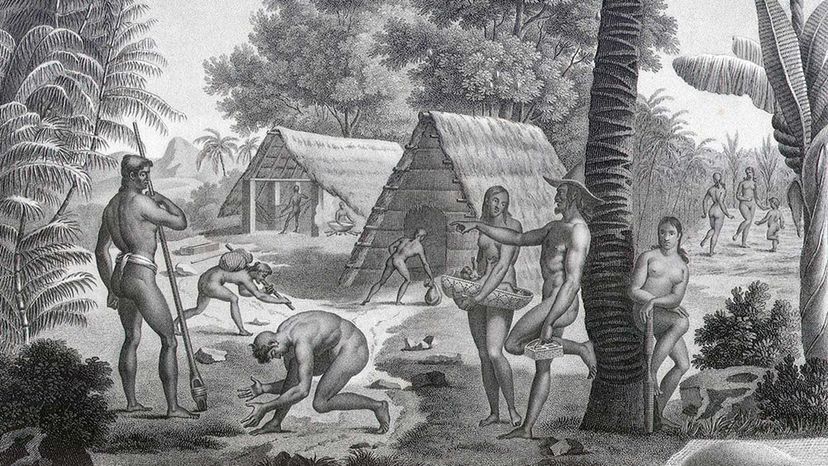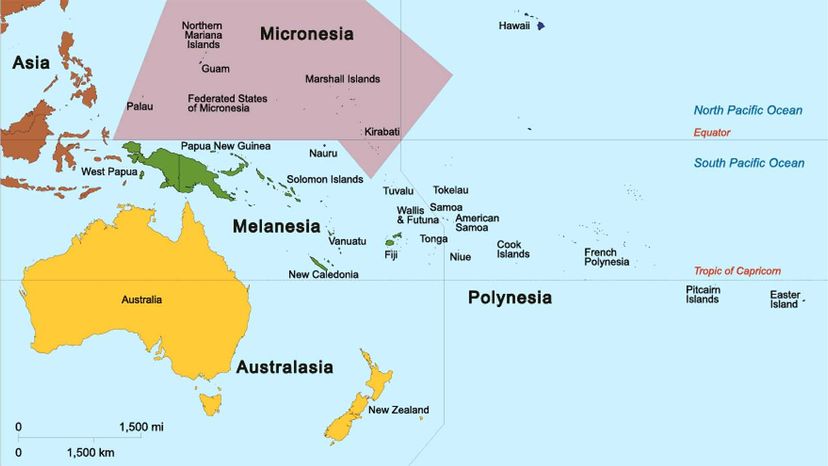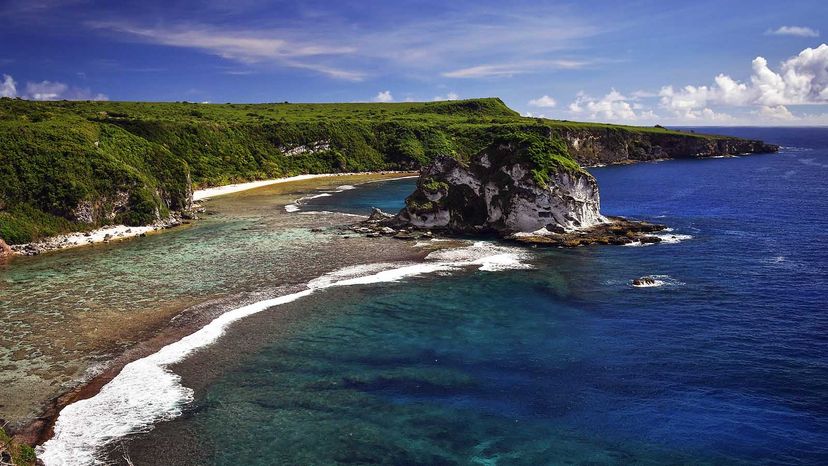
Don't feel bad if you've never heard of Saipan. It's part of the Northern Mariana Islands commonwealth of the United States, in the western Pacific Ocean. That puts it at least 5,900 miles (9,495 kilometers) away from the continental U.S.
Truthfully, almost no one in the world had heard of Saipan until World War II — though its history goes back more than 3,500 years. A 2013 study published in American Journal of Human Biology suggests that Saipan and the Mariana Islands were inhabited well before most other Pacific Ocean islands. That means humans were already building a society on Saipan more than 1,000 years before ancient Egypt's Cleopatra was born.
Advertisement
So what else don't we know about Saipan, one of the most remote places on the planet you can visit without needing a passport (if you're a U.S. citizen, of course)?
